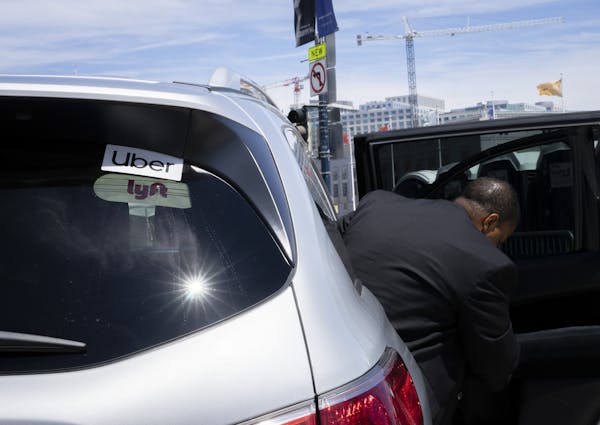Opinion editor's note: Editorials represent the opinions of the Star Tribune Editorial Board, which operates independently from the newsroom.
•••
Hennepin County has made significant progress on reducing homelessness in the past few years. Avivo Village, for example, is an intensive program for those in encampments — some of whom struggle with chemical dependency and mental health issues. It can provide shelter for 100 people and help them move on to more permanent housing.
In addition, some service providers that contract with the county have ended nighttime-only sheltering — 320 people a day across several nonprofits currently have 24/7 access to their shelter and no longer have to roam the streets during daytime hours.
But as the one-time federal money from the American Rescue Plan and Coronavirus Aid, Relief and Economic Security Act runs out next year, those programs and others face a multimillion-dollar shortfall. They deserve state help to fill that budget gap — because they are working.
David Hewitt, Hennepin County's director of housing stability, told an editorial writer that earlier in the legislative session, county officials sought about $13 million in additional funding for various programs for the homeless. The county request includes $3 million a year to continue shelter operations and services; $3 million for housing-focused case management; $2 million for Homeward Bound for Native American services and $1 million for shelter diversion programs. That funding would also provide about $2 million to maintain Avivo Village — a shelter that offers private, lockable cubes for people as they transition to more permanent housing,
Without that additional help from the state, those specific efforts are at risk of being reduced or closed altogether.
As of late last week, the Senate wisely included about $10.8 million in aid to the county specifically for those programs in the overall Health and Human Services bill recommended to the full Senate. On the House side, there is no direct funding in the bill lawmakers advanced, but there is a pot of money for which the county could apply in a competitive grant process.
Supporting the programs requires the state to do more on emergency shelter funding — something that historically has not fallen to state or federal governments.
Still, with the extra funding from the feds, the county has been able to show how effectively they can use the assistance. During 2021 Hennepin County assisted 1,384 people to get off the streets into permanent housing; in 2022 that number grew to 1,814. When the city cleared several tent settlements during the past year, it had places to send people and services to offer thanks to the programs supported by the federal assistance.
To be sure, there is significant competition for state funds to help the unhoused. Numerous Minnesota-based nonprofits are also seeking assistance — some of them ones that Hennepin County partners with to provide services. That means that some of the funds the county receives from state, federal and local sources are channeled to some of those organizations. To minimize that competition, a county official said that on competitive state grants the county often "stands down'' to allow those providers opportunity to apply directly.
As Hewitt told an editorial writer and often says in presentations, essential innovations supported by the additional federal funding helped the county toward its goal of making bouts of homelessness "rare, brief and nonrecurring."
The efforts of Hennepin County to help the unhoused merit support because of their proven results. Lawmakers and the governor should provide the much needed, well-used funding to help the unhoused meet their service needs and find places to call home.

